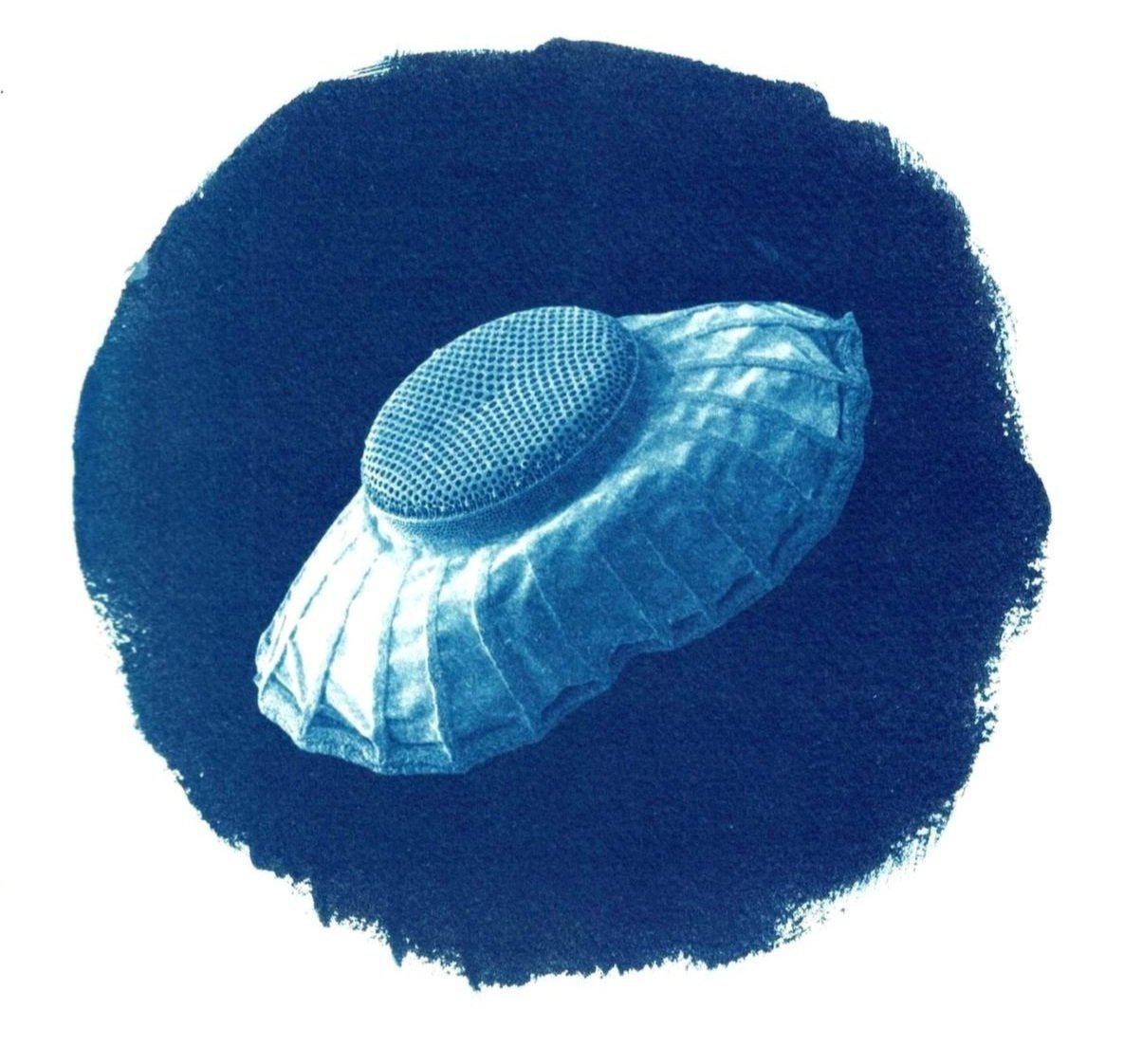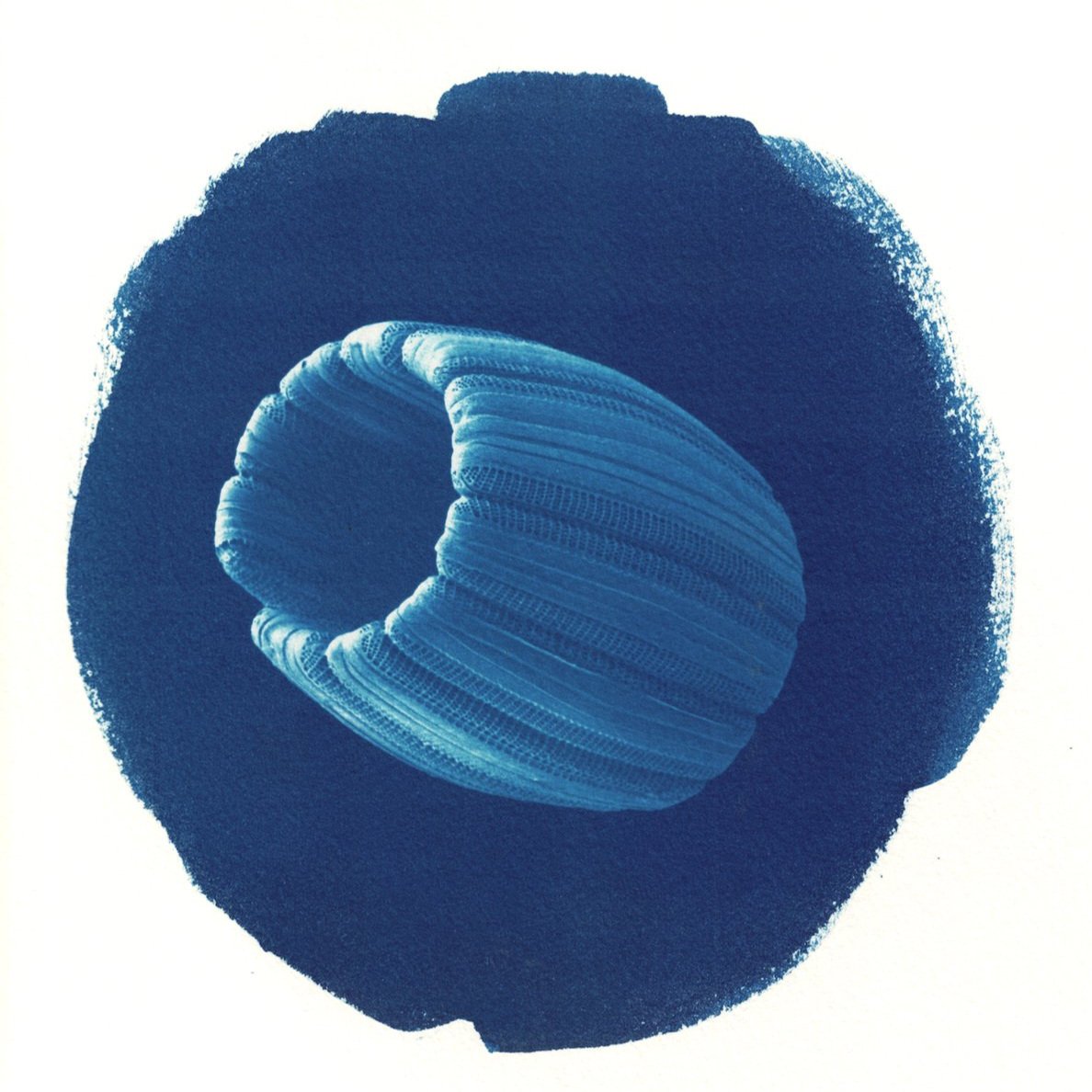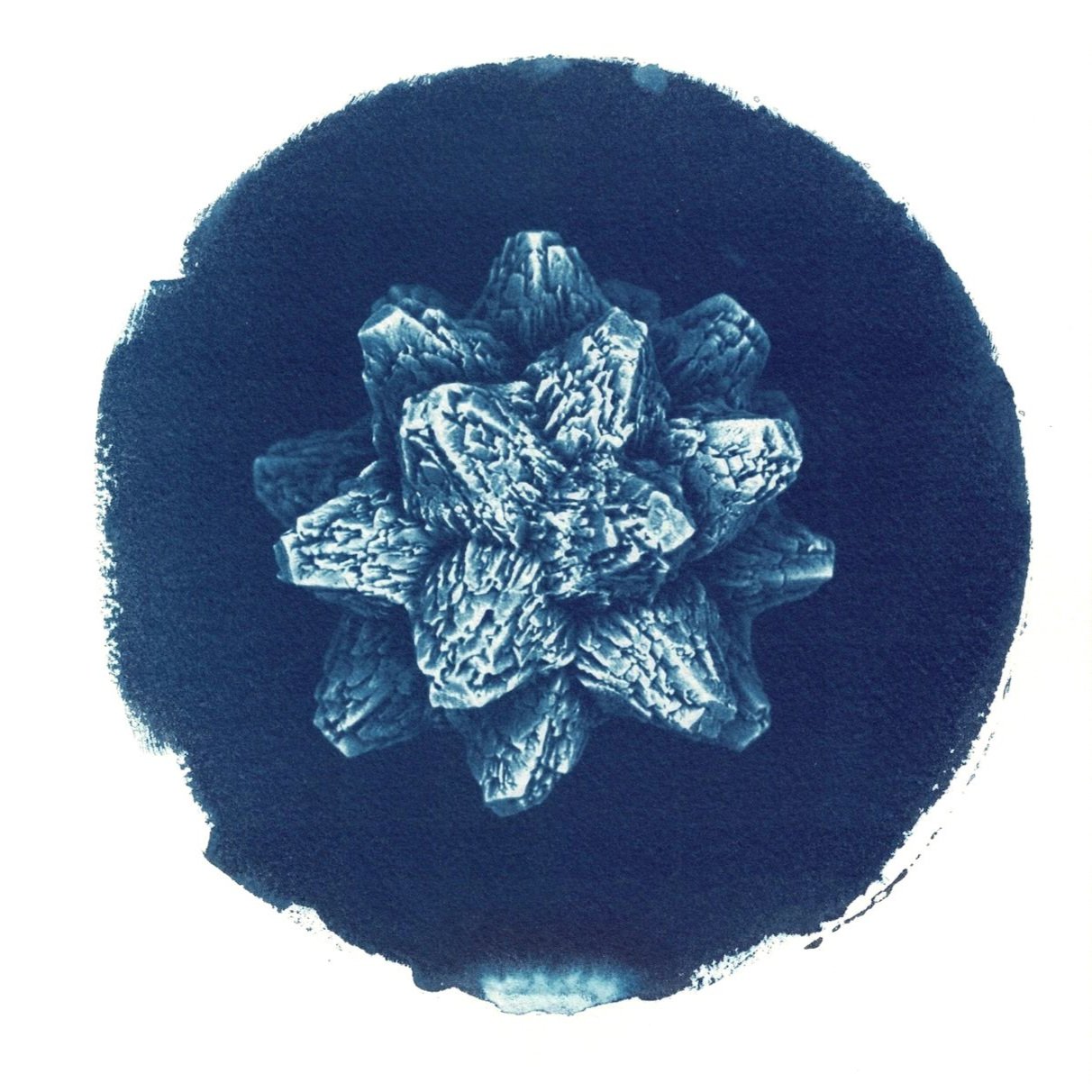Adrift
Portraits of eternity, in an ever changing planet
The ocean is pulsating with microscopic life, tiny sea drifters invisible to the naked eye that we call plankton (from the ancient Greek word planktós/πλαγκτός, meaning wanderer or drifter). These single-celled beings adrift, with thousands of different shapes and textures, have fascinated since the victorian era, when they were first brought to light thanks to the use of the microscope. But they have been around long before that, long before humans walked the Earth.
At the unprecedented rate at which we are currently transforming the planet - air, land and sea - our future on Earth is uncertain. The sea drifters however, silently float on, quickly adapting, evolving and thriving, in an ever changing planet. In my scientific practice I study their DNA, trying to unveil the underpinnings of their fantastic resilience to environmental change. Living fossils, these unicellular complex organisms have lived with the dinosaurs and witnessed their extinction. And they will most likely outlive us. As little as they may be, these planktonic beings hold in them the secret of eternity.
The scanning electron microscopy was used as the starting point for this series, allowing to unveil the very fine contours and the intricate details of the plankton, thus giving a tangibility to what is invisible to our eyes. This type of imagery is originally used for scientific taxonomy purposes, to study and catalogue ocean biodiversity. Any sufficiently advanced technology is indistinguishable from magic (Arthur C. Clark), and this modern, high-resolution microscopy, when combined with the centuries-old contact printing technique of the cyanotype, reveals the plankton in all its mysterious magnificence, suspended on a deep Prussian blue ocean. A dialogue between science and art.
Inspired visually by the works of Anna Atkins, Ernest Haeckel and Karl Blossfeldt, this series of plankton portraits started in 2021, aims to show a glimpse of what eternity looks like on this planet. And with it, the infinite number of stories adrift, whispered through time. Quiet tales of solitude, of what was, what is and what is yet to be.
Ultimately, this series of portraits aims to raise questions of temporality, mortality, change, myth, the stories we tell ourselves and, a reminder of how frail and self-destructive the human species is.
Each cyanotype portrait is unique, manually UV printed on Arches watercolor paper, in a limited series of five prints each, plus two artist’s prints. If you’d like to know more, please contact me here.
Sol flotante | 2022
Twirling bones | 2023
But one day she flew away | 2023
Pandora’s box | 2022
Zeus’ headache (or the birth of Athena) | 2022
Well kept secret | 2022
Shields of Orion | 2022
Ring a ring | 2023
Hollow | 2023
The Green Knight | 2022
Actaeon’s left antler | 2022
Hope stays | 2022
Bright star | 2022
Supernova 2 | 2023
Hair of Medusa | 2022
Sad day for Triton | 2022
Tower of Babylone | 2022
Tired not broken | 2022
Pieces of a whole | 2022
Peridinean dance (revisiting Haeckel) | 2022
One of us cannot be wrong | 2022
Sea forest n.1 | 2022
Sea forest n.2 | 2022
Salon de Beaux Arts 2023, Refectoire des Cordeliers, Paris, September 2023
Ecole normale supérieure, Paris, October 2023
ARTEX 2023, biennale Art & Science, ISCPCI/CNRS, Paris, October 2023
Scanning electron microscopy images courtesy of J. Lukeš (Biology Center, CAS, Cszech Republic), F. Not and F. Le Gall (Station Biologique de Roscoff, CNRS, France)
































